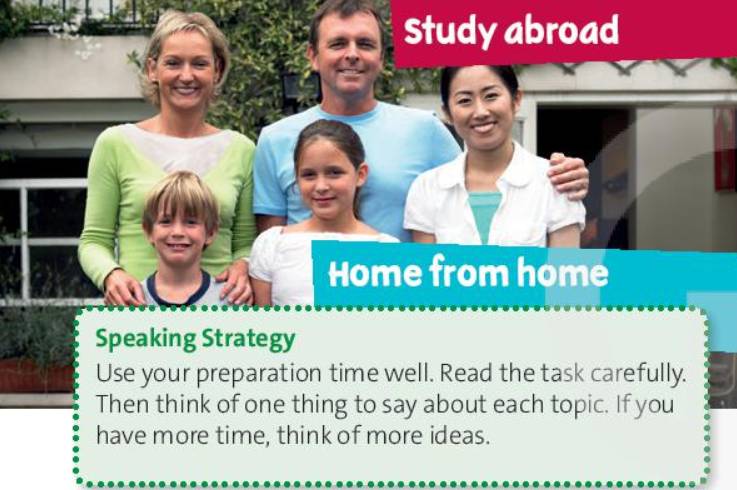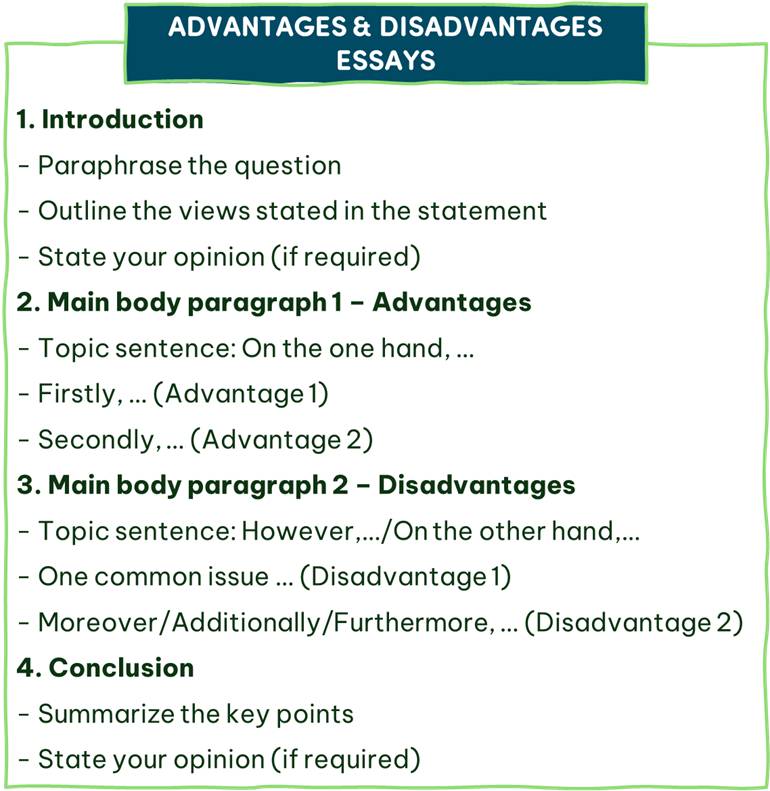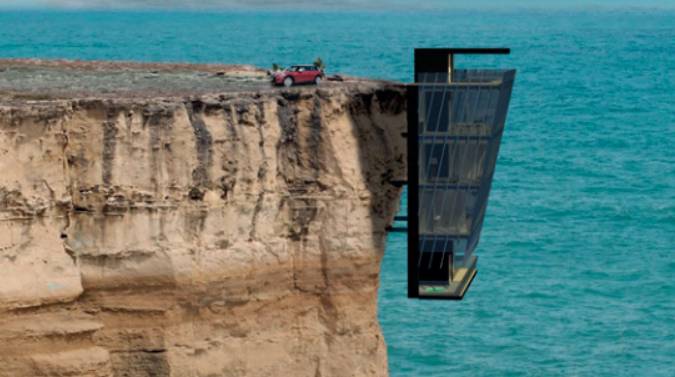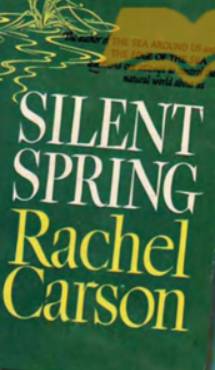Hãy nhập câu hỏi của bạn vào đây, nếu là tài khoản VIP, bạn sẽ được ưu tiên trả lời.

Some additional tips for cooking rice in a rice cooker that can be discussed in your group:
1. Use a rice washing bowl to rinse the rice thoroughly before cooking. This will remove excess starch and impurities from the rice.
2. Soak the rice in water for at least 30 minutes before cooking. This will help the rice to cook evenly and absorb moisture better.
3. For brown rice, use 2 1/2 cups of water per cup of rice, and cook for a longer time than white rice.
4. Once the rice is cooked, let it sit in the rice cooker for 10-15 minutes before serving. This will allow the rice to absorb any remaining moisture and become fluffier.
5. Use a non-stick rice cooker bowl or add a tablespoon of oil to prevent the rice from sticking to the bottom of the bowl.

In my opinion the best thing about spending a year with a family abroad is that all of the members have the opportunity to learn and speak a new language and visit different places in another country. Moreover, the young generation can learn in a new educational environment which brings more job opportunities for the future. In contrast, the worst thing about spending a year with a family abroad is missing the place where we were born and grown up. We will find it is strange to eat different food as well as experience new cultures that we aren't used to.
Tạm dịch:
Theo tôi, điều tuyệt vời nhất khi dành một năm cùng gia đình ở nước ngoài là tất cả các thành viên đều có cơ hội học và nói một ngôn ngữ mới cũng như tham quan những địa điểm khác nhau ở một quốc gia khác. Hơn nữa, thế hệ trẻ được học tập trong một môi trường giáo dục mới, mang lại nhiều cơ hội việc làm cho tương lai. Ngược lại, điều tồi tệ nhất khi dành một năm với gia đình ở nước ngoài là nhớ nơi chúng ta sinh ra và lớn lên. Chúng ta sẽ thấy lạ lẫm khi ăn những món ăn khác nhau cũng như trải nghiệm những nền văn hóa mới mà chúng ta chưa quen.

Tom: What do you think are some other ways we can preserve cultural heritage?
Lisa: One idea could be promoting cultural heritage on social media. That way, we can reach a wider audience and spread information more quickly.
Tom: That's a great idea. Another way could be organizing competitions to find good ideas for preserving our heritage. This could encourage people to get more involved and come up with innovative solutions.
Lisa: Yes, and we could also introduce cultural heritage to foreign visitors through tourism activities. This could help people around the world learn more about our culture and appreciate its value.
Tom: Another way could be learning about cultural heritage at school. By introducing it in the curriculum, we can help students understand the value of cultural heritage and inspire them to take action to preserve it.
Lisa: Absolutely. By using these different ways, we can make cultural heritage more widely known and encourage more people to get involved in its preservation.
Tom: What do you think are some other ways we can preserve cultural heritage?
(Bạn nghĩ chúng ta có thể bảo tồn di sản văn hóa bằng những cách nào khác?)
Lisa: One idea could be promoting cultural heritage on social media. That way, we can reach a wider audience and spread information more quickly.
(Một ý tưởng có thể là quảng bá di sản văn hóa trên mạng xã hội. Bằng cách đó, chúng tôi có thể tiếp cận nhiều đối tượng hơn và truyền bá thông tin nhanh hơn.)
Tom: That's a great idea. Another way could be organizing competitions to find good ideas for preserving our heritage. This could encourage people to get more involved and come up with innovative solutions.
(Đó là một ý tưởng tuyệt vời. Một cách khác có thể là tổ chức các cuộc thi để tìm ra những ý tưởng hay để bảo tồn di sản của chúng ta. Điều này có thể khuyến khích mọi người tham gia nhiều hơn và đưa ra các giải pháp sáng tạo.)
Lisa: Yes, and we could also introduce cultural heritage to foreign visitors through tourism activities. This could help people around the world learn more about our culture and appreciate its value.
(Vâng, và chúng tôi cũng có thể giới thiệu di sản văn hóa cho du khách nước ngoài thông qua các hoạt động du lịch. Điều này có thể giúp mọi người trên khắp thế giới tìm hiểu thêm về văn hóa của chúng tôi và đánh giá cao giá trị của nó.)
Tom: Another way could be learning about cultural heritage at school. By introducing it in the curriculum, we can help students understand the value of cultural heritage and inspire them to take action to preserve it.
(Một cách khác có thể là học về di sản văn hóa ở trường. Bằng cách đưa nó vào chương trình giảng dạy, chúng ta có thể giúp học sinh hiểu được giá trị của di sản văn hóa và truyền cảm hứng cho các em hành động để bảo tồn nó.)
Lisa: Absolutely. By using these different ways, we can make cultural heritage more widely known and encourage more people to get involved in its preservation.
(Chắc chắn rồi. Bằng cách sử dụng những cách khác nhau này, chúng ta có thể làm cho di sản văn hóa được biết đến rộng rãi hơn và khuyến khích nhiều người hơn tham gia vào việc bảo tồn di sản đó.)

Living in a smart city brings many benefits and disadvantages. In this article, I will present some pros and cons of living in a smart city.
The first advantage of living in a smart city is convenience. Information and communications technology is integrated into urban systems, helping to provide public services more effectively. For example, through mobile applications, people can easily search for information about transportation, destinations, and entertainment activities. Furthermore, the smart traffic system helps reduce congestion and save travel time.
Another advantage of smart cities is energy saving and environmental protection. Advanced technologies are applied to manage and use resources effectively. For example, automatic lighting and temperature regulation in buildings help save energy. In addition, the use of smart public transport and self-driving cars helps reduce polluting emissions.
However, living in a smart city also has disadvantages. One of them is the issue of information security. With the widespread use of information technology, the risk of personal information insecurity and privacy violations increases. This requires strong security measures to ensure the safety of people's personal data.
Another drawback of smart cities is their dependence on technology. If technology systems fail or are attacked, public services could be disrupted. This poses challenges for maintaining stability and ensuring security of smart cities.
In short, living in a smart city brings many benefits such as convenience and energy savings. However, it is also necessary to pay attention to information security issues and dependence on technology. To make the most of the advantages and minimize the disadvantages, smart investment and management from city managers is needed.

Student A: I think one of the main benefits of acaemic study is that it develops critical thinking skills.
Student B: Yes, I agree. Academic study involves a lot of analysis, evaluation, and interpretation of information, which helps students become more critical thinkers.
Student A: Another benefit is that it provides a broader education. While vocational training focuses on job-specific skills, academic study covers a wide range of subjects, including humanities, social sciences, and natural sciences.
Student B: That's true. And having a broader education can help students develop a range of transferable skills that can be applied in different fields.
Student A: Lastly, academic study provides an opportunity to pursue advanced degrees, which can lead to better job opportunities and higher earnings in the long run.
Student B: Absolutely. And pursuing an advanced degree can also help students specialize in a specific area of interest and gain expertise in their chosen field.
Student A: So, to sum up, the three main benefits of academic study are developing critical thinking skills, providing a broader education, and offering opportunities for advanced degrees.
Student B: Great! We're now ready to report to the class.

Come see this unique and modern house built on a cliff overlooking the ocean. The house has a spacious interior with stunning glass and metal design that perfectly complements the natural rock formation. And the view is extremely spectacular, with unobstructed views of the endless ocean. You won't find another house quite like this one, so come and see it for yourself.
Tạm dịch:
Hãy đến xem ngôi nhà độc đáo và hiện đại này được xây dựng trên một vách đá nhìn ra biển. Ngôi nhà có nội thất rộng rãi với thiết kế bằng kính và kim loại tuyệt đẹp bổ sung hoàn hảo cho sự hình thành đá tự nhiên. Và góc nhìn thì rất ngoạn mục, với tầm nhìn không bị cản trở ra đại dương vô tận. Bạn sẽ không tìm thấy một ngôi nhà nào khác giống như ngôi nhà này, vì vậy hãy đến và tự mình xem nó.

It's possible that the green color on the cover represents nature or the environment, which is a central theme of the book. I can also see a river on the left of the book. I guess this book is about protecting the environment

a) countable nouns: document, gadget
(danh từ đếm được: tài liệu, tiện ích)
b) uncountable nouns: habit, health, information, money, music, software, website, homework
(danh từ không đếm được: thói quen, sức khỏe, thông tin, tiền bạc, âm nhạc, phần mềm, trang web, bài tập về nhà)

TRANSPORT (GIAO THÔNG)
1. Do you think people will still own cars in the cities of the future?
(Bạn có nghĩ rằng mọi người sẽ vẫn sở hữu ô tô ở các thành phố trong tương lai không?)
I don't think so. Private vehicles will be replaced by more efficient and sustainable public transport systems.
(Tôi không nghĩ vậy. Các phương tiện cá nhân sẽ được thay thế bằng các hệ thống giao thông công cộng bền vững và hiệu quả hơn.)
2. How will public transport be different in the future cities?
(Giao thông công cộng sẽ khác ở các thành phố tương lai như thế nào?)
Public transport will be faster, more frequent, and more comfortable. It will also be controlled by computers and use eco-friendly technologies.
(Giao thông công cộng sẽ nhanh hơn, thường xuyên hơn và thoải mái hơn. Nó cũng sẽ được điều khiển bởi máy tính và sử dụng các công nghệ thân thiện với môi trường.)
3. What kind of eco-friendly technologies will be used in future transport systems?
(Loại công nghệ thân thiện với môi trường nào sẽ được sử dụng trong các hệ thống giao thông trong tương lai?)
There will be electric buses, trains, and trams that produce no or low emissions. There will also be more bike lanes and walkable streets to encourage active modes of transport.
(Sẽ có xe buýt điện, xe lửa và xe điện không tạo ra hoặc thải ít khí thải. Cũng sẽ có nhiều làn đường dành cho xe đạp và đường đi bộ hơn để khuyến khích các phương thức vận tải tích cực.)
4. How will people pay for public transport in the future?
(Mọi người sẽ trả tiền cho giao thông công cộng như thế nào trong tương lai?)
People will use smart cards or mobile apps to pay for their journeys. The fare system will be more integrated and offer discounts for regular users.
(Mọi người sẽ sử dụng thẻ thông minh hoặc ứng dụng dành cho thiết bị di động để thanh toán cho hành trình của họ. Hệ thống giá vé sẽ được tích hợp nhiều hơn và giảm giá cho người dùng thường xuyên.)
INFRASTRUCTURE (HẠ TẦNG)
1. How will the street infrastructure be different in the future cities?
(Cơ sở hạ tầng đường phố ở các thành phố tương lai sẽ khác như thế nào?)
The street infrastructure will be smarter with more sensors and data collection devices. This will enable faster and better decision-making for traffic management, waste collection, and other services.
(Cơ sở hạ tầng đường phố sẽ thông minh hơn với nhiều cảm biến và thiết bị thu thập dữ liệu hơn. Điều này sẽ cho phép ra quyết định nhanh hơn và tốt hơn cho quản lý giao thông, thu gom rác thải và các dịch vụ khác.)
2. Will there be more green spaces in the future cities?
(Sẽ có nhiều không gian xanh hơn ở các thành phố trong tương lai?)
Yes, there will be more green spaces and parks in the future cities to improve the quality of life and mitigate the effects of climate change. The green spaces will also provide habitats for wildlife and help reduce the urban heat island effect.
(Đúng vậy, sẽ có nhiều không gian xanh và công viên hơn ở các thành phố trong tương lai để cải thiện chất lượng cuộc sống và giảm thiểu tác động của biến đổi khí hậu. Các không gian xanh cũng sẽ cung cấp môi trường sống cho động vật hoang dã và giúp giảm hiệu ứng đảo nhiệt đô thị.)
3. How will the buildings be designed in the future cities?
(Các tòa nhà sẽ được thiết kế như thế nào trong các thành phố tương lai?)
The buildings will be designed to be more energy-efficient and eco-friendly. They will have green roofs, solar panels, and rainwater harvesting systems to reduce the energy consumption and carbon footprint. The buildings will also be equipped with smart technologies to optimize the use of resources and improve the indoor environment.
(Các tòa nhà sẽ được thiết kế để tiết kiệm năng lượng và thân thiện với môi trường hơn. Chúng sẽ có mái nhà xanh, tấm pin mặt trời và hệ thống thu gom nước mưa để giảm mức tiêu thụ năng lượng và lượng khí thải carbon. Các tòa nhà cũng sẽ được trang bị công nghệ thông minh để tối ưu hóa việc sử dụng tài nguyên và cải thiện môi trường trong nhà.)






Cooking rice in a rice cooker is a simple process that can be broken down into four easy steps. First, rinse the rice to remove any dirt or impurities. Next, measure the rice and water according to the ratio of 2 cups of water per cup of white rice. Combine the rice and water in the rice cooker bowl. Then, turn the rice cooker on and wait until the rice is cooked. Once the rice is cooked, it can be enjoyed on its own or as a side dish with other meals. With these steps, anyone can quickly and easily prepare delicious rice using a rice cooker.